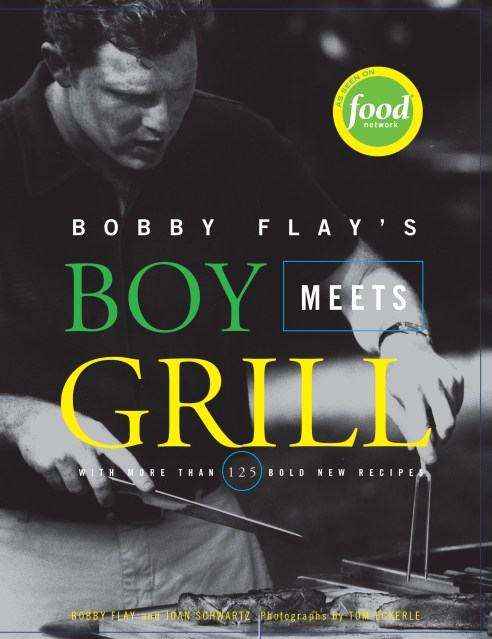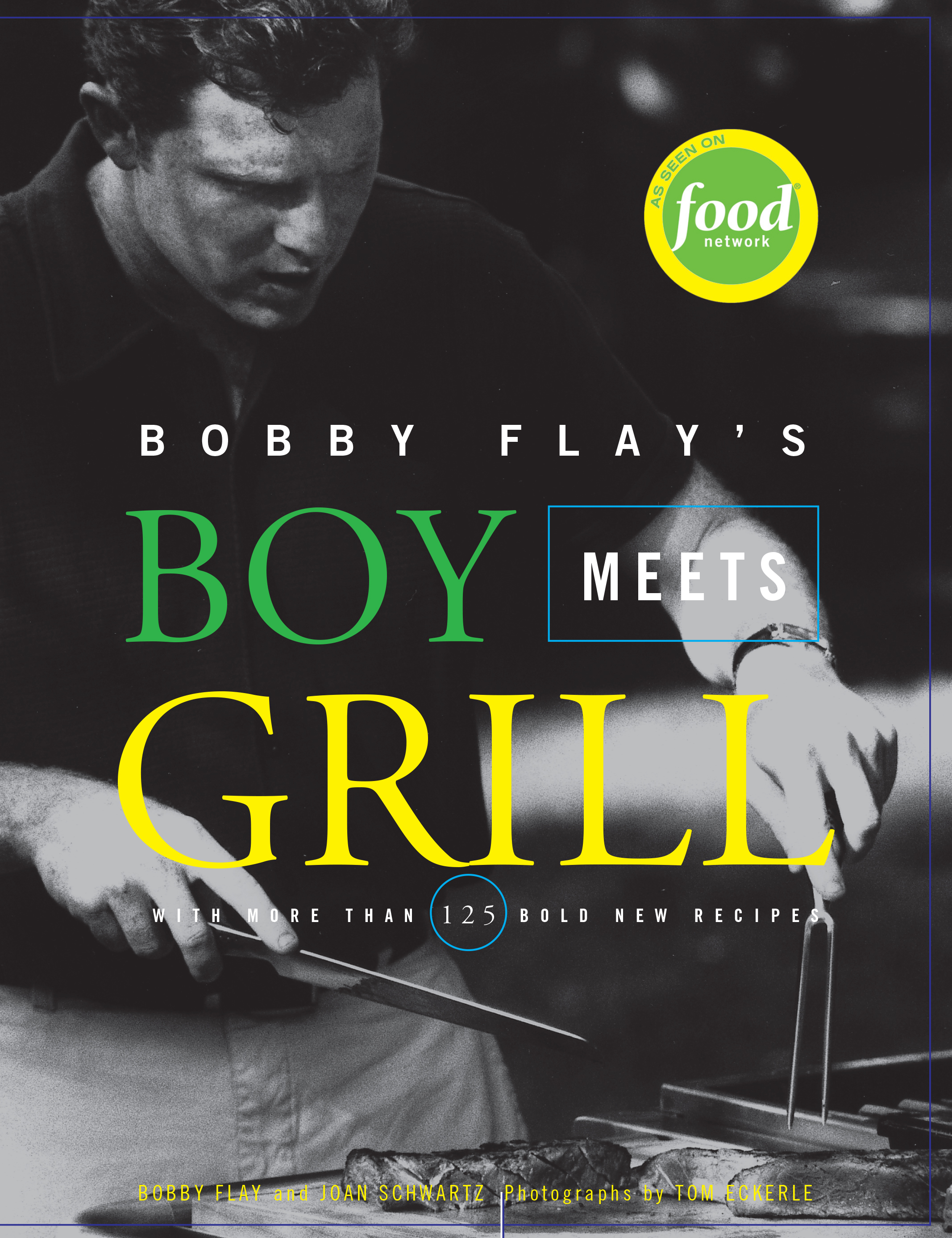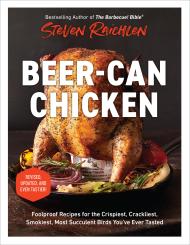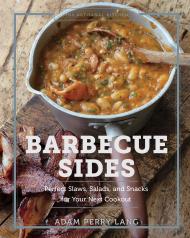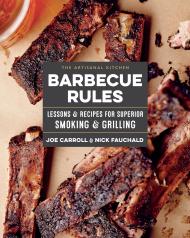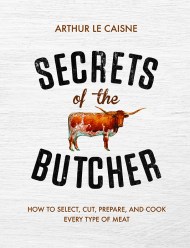Promotion
Use code MOM24 for 20% off site wide + free shipping over $45
Bobby Flay's Boy Meets Grill
With More Than 125 Bold New Recipes
Contributors
By Bobby Flay
Illustrated by Tom Eckerle
Formats and Prices
Price
$16.99Price
$20.99 CADFormat
Format:
ebook $16.99 $20.99 CADThis item is a preorder. Your payment method will be charged immediately, and the product is expected to ship on or around April 30, 2013. This date is subject to change due to shipping delays beyond our control.
Also available from:
Bobby Flay’s Boy Meets Grill is the book Bobby Flay was born to write. In these pages, he gets busy in his own backyard, cooking up a fresh batch of 125 bold new no-nonsense and easy-to-follow recipes for grilling mouthwatering meat, fish, and poultry dishes, along with fantastic one-of-a-kind beverages and surefire desserts. Guaranteed to please a crowd, it’s the perfect comprehensive cookbook for any grill lover, from the novice to the experienced chef. Don’t worry about complicated equipment, either; these 125 quick recipes are perfect for both gas and charcoal grills, and Bobby Flay’s simple foods and fiery southwestern sauces will make your menu more exciting, versatile–and delicious.
Informative and fun to read, Bobby Flay’s Boy Meets Grill is a must-have for anyone who wants to fire up a grill this summer–or any season!
Genre:
- On Sale
- Apr 30, 2013
- Page Count
- 288 pages
- Publisher
- Hachette Books
- ISBN-13
- 9781401305833
Newsletter Signup
By clicking ‘Sign Up,’ I acknowledge that I have read and agree to Hachette Book Group’s Privacy Policy and Terms of Use
